The ways that teachers organise learning situations to help students to learn can be called teaching techniques. When choosing and planning teaching techniques, one should consider the type of learning involved, the ways that different people like to learn, and the context in which they are learning. It can be useful to group teaching techniques into families that share some features. Good teaching is as much about passion as it is about reason. It’s about not only motivating students to learn, but teaching them how to learn, and doing so in a manner that is relevant, meaningful, and memorable. It’s about caring for your craft, having a passion for it, and conveying that passion to everyone, most importantly to your students, students as consumers of knowledge. It’s about doing your best to keep on top of your field, reading sources, inside and outside of your areas of expertise. Good teaching is also about bridging the gap between theory and practice. Be honest about your feelings, opinions, and attitudes toward students and toward the subject matter. Don’t be afraid to admit that you don’t know all the answers. If a student tells you something in confidence, respect that confidence. Being responsive to listening, questioning, and remembering that each student and class is different. It’s about eliciting responses and developing the oral communication skills of the quiet students. It’s about pushing students to excel. Teaching is also about style it should be entertaining. Techniques of instruction often reflect the attitudes of society, i.e.. authoritarian groups typically sponsor dogmatic methods, while democratic systems may emphasize freedom of thought.
Encyclopaedia of Modern Methods of Teaching English (In 7 Volumes)
This is a comprehensive set ...
$133.20
$148.00

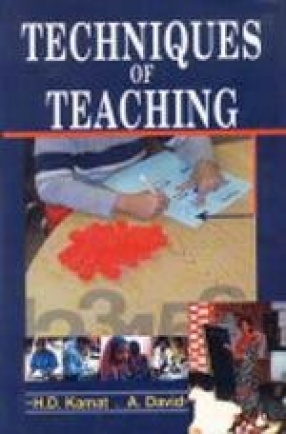
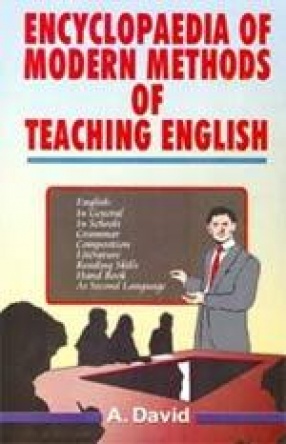


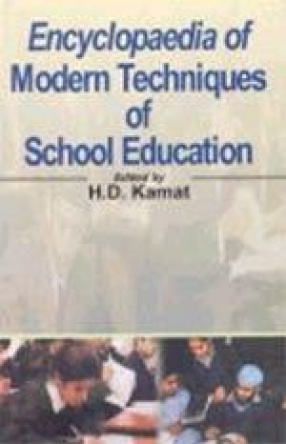
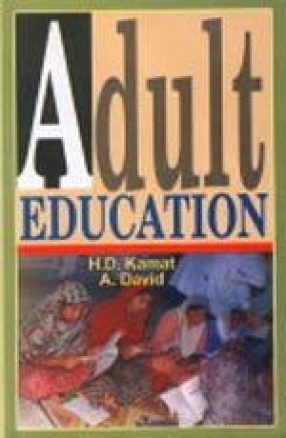
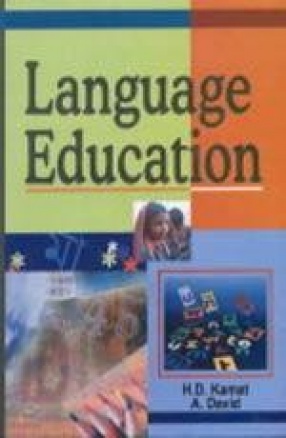
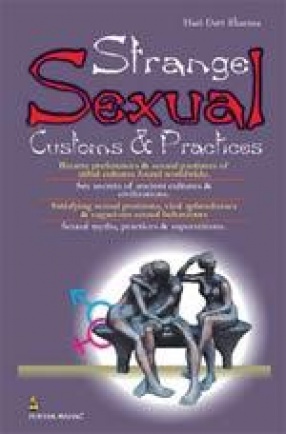


There are no reviews yet.